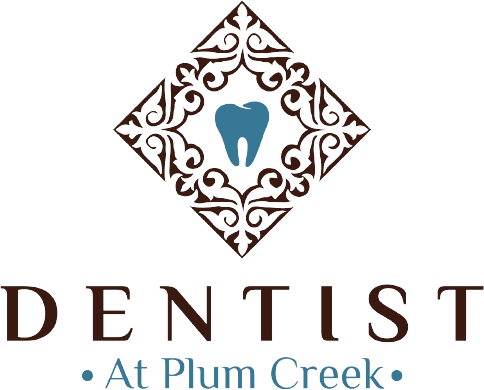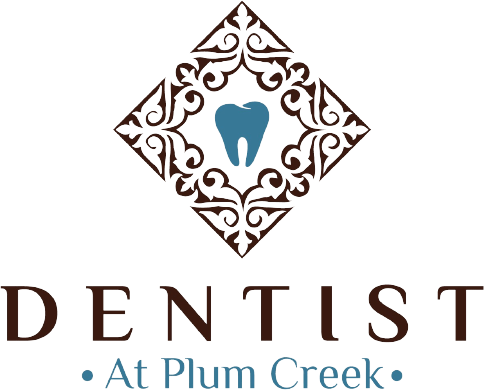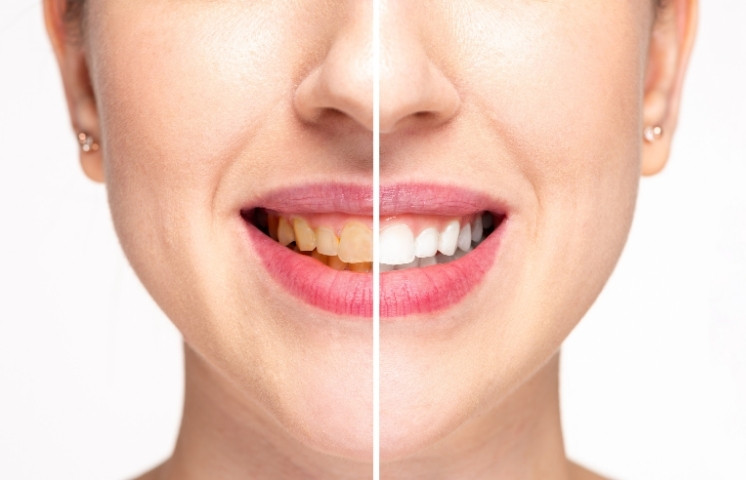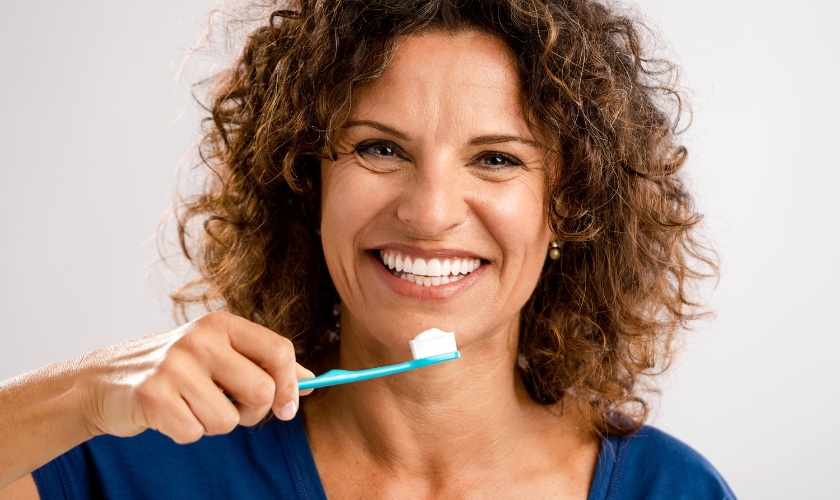$99 New Patient Special - Includes Exam and X-Rays.
3 Types of Tooth Stains and How to Remove Them

By Dentist At Plum Creek Kyle
Tooth stains are a common dental concern that affects the appearance of your smile. Understanding the different types of tooth stains and how to remove them effectively is essential for maintaining bright and healthy teeth. This blog explores three primary types of tooth stains, their causes, and recommended methods for removal to help you achieve a whiter and more confident smile.
A bright and radiant smile often signifies oral health and vitality. However, various factors can lead to tooth discoloration over time, causing stains that may be challenging to remove with regular brushing alone. By identifying the specific type of tooth stain and applying targeted removal techniques, you can enhance the brightness of your teeth and improve your overall dental aesthetics.
Types of Tooth Stains
Extrinsic Stains
Extrinsic stains occur on the outer surface of the tooth enamel and are typically caused by external factors such as:
- Foods and Beverages: Dark-colored foods (e.g., berries, soy sauce) and beverages (e.g., coffee, tea, red wine) contain chromogens that can stain teeth.
- Tobacco Use: Smoking or chewing tobacco products exposes teeth to tar and nicotine, leading to stubborn yellow or brown stains.
- Poor Oral Hygiene: Inadequate brushing and flossing can allow plaque and tartar to build up, which absorbs stains from food and drinks.
Removal Methods:
- Regular Brushing and Flossing: Maintaining good oral hygiene habits helps prevent and reduce extrinsic stains by removing plaque and surface debris.
- Professional Dental Cleaning: Regular visits to your dentist for professional cleanings can effectively remove stubborn extrinsic stains and tartar buildup.
Intrinsic Stains
Intrinsic stains develop within the tooth structure and can be caused by internal factors such as:
- Dental Trauma: A blow to the mouth or injury can cause the tooth to darken or develop a grayish hue due to changes in the dentin (the inner layer of the tooth).
- Aging: As we age, the outer enamel layer thins, revealing more of the underlying dentin, which naturally yellows with time.
- Excessive Fluoride: Fluorosis, caused by excessive fluoride intake during tooth development can cause white or brown spots to appear on the teeth.
Removal Methods:
- Professional Teeth Whitening: Dentist-administered professional teeth whitening treatments using bleaching agents can effectively lighten intrinsic stains and restore tooth color.
- Dental Bonding or Veneers: For severe intrinsic stains resistant to whitening, dental bonding or veneers can cover the discoloration and improve the tooth’s appearance.
Age-Related Stains
Age-related stains encompass a combination of extrinsic and intrinsic factors that contribute to tooth discoloration over time. These stains often result from:
- Wear and Tear: Years of chewing and exposure to acidic foods can wear down enamel, making teeth more susceptible to staining.
- Cumulative Effects: The cumulative impact of lifestyle choices (e.g., diet, oral hygiene habits) and environmental factors (e.g., pollution) can lead to gradual tooth discoloration.
Removal Methods:
- Professional Whitening Treatments: Customized in-office teeth whitening treatments provided by dental professionals can effectively address age-related stains and restore a youthful appearance to your smile.
- Improved Oral Hygiene: Enhancing your oral hygiene routine and making healthier lifestyle choices can help prevent further discoloration and maintain whitened teeth over time.
Tips for Maintaining Whiter Teeth
- Brush Twice Daily: Brush your teeth at least twice a day with fluoride toothpaste to remove plaque and surface stains.
- Floss Daily: Clean between your teeth daily with dental floss or interdental brushes to prevent plaque buildup in hard-to-reach areas.
- Limit Stain-Causing Foods and Drinks: Reduce your consumption of dark-colored foods and beverages, or rinse your mouth with water afterward to minimize staining.
- Quit Smoking: If you smoke, quitting can not only improve your overall health but also prevent further tobacco-related stains on your teeth.
- Visit Your Dentist Regularly: Schedule routine dental check-ups and cleanings to monitor oral health, remove stubborn stains, and receive personalized advice on maintaining a bright smile.
Understanding the different types of tooth stains and their causes is crucial for implementing effective stain removal strategies. Whether your stains are extrinsic, intrinsic, or age-related, there are various methods available to help you achieve a whiter and more attractive smile. By practicing good oral hygiene, making informed dietary choices, and seeking professional dental care when needed, you can maintain bright and healthy teeth for years to come. Consult with your dentist to determine the best approach for addressing your specific tooth stains and enhancing your overall dental aesthetics.

